Halloween Comes Once a Year, Gothic Literature Is Eternal
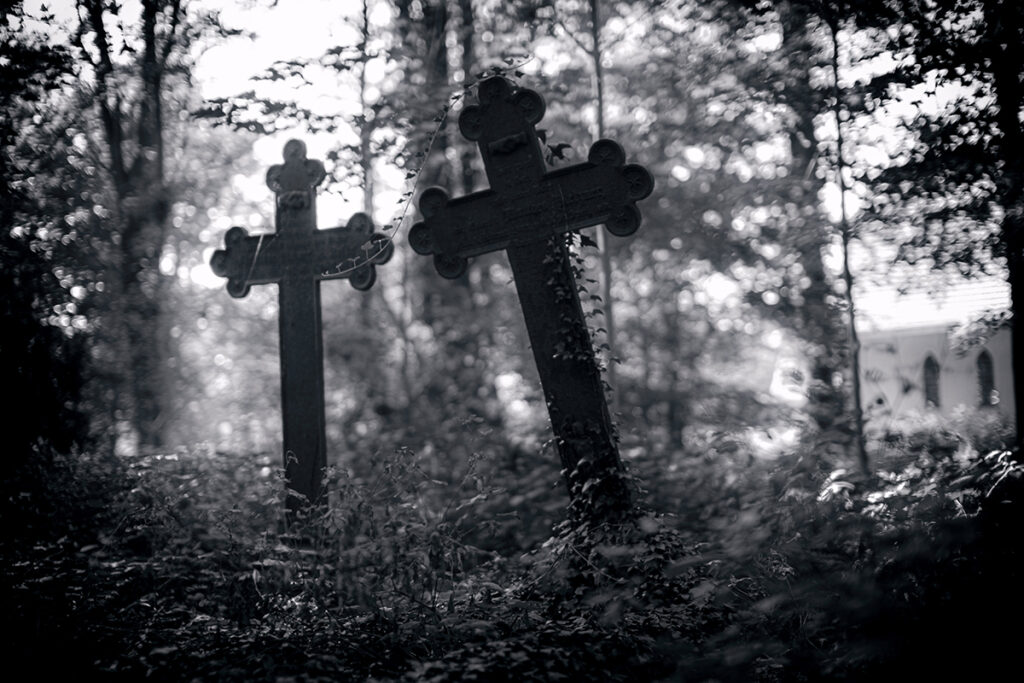
You may not realize it, but every single day, in one way or another, you are ingesting gothic literature.
And it starts early, said Senior Writer-in-Residence William Orem. A child might eat a bowl of Franken Berry cereal for breakfast, then learn numbers from the Count on Sesame Street.
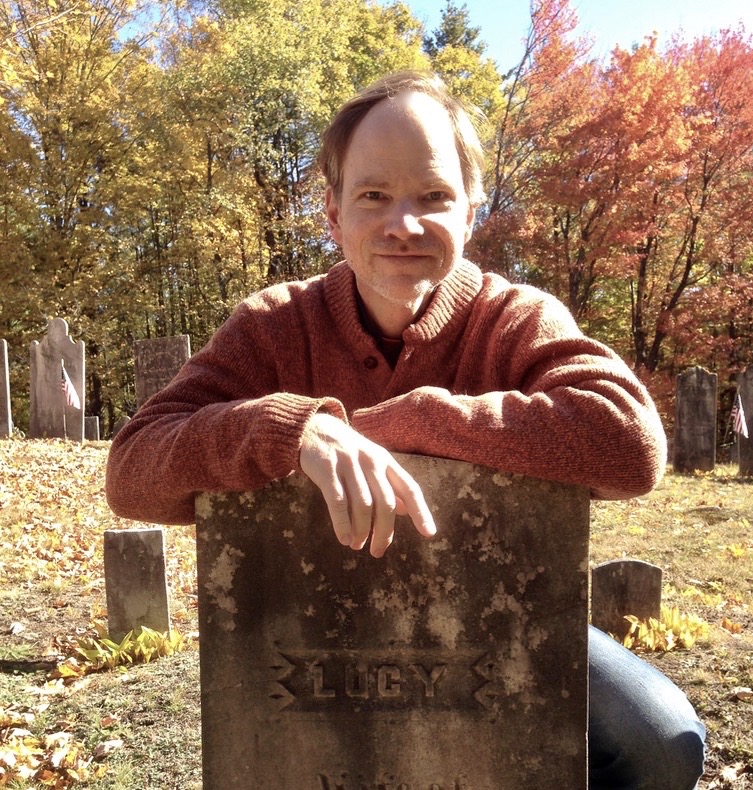
“In the broadest sense, those are gothic texts. Although humorous, it’s amazing to reflect on the cultural impact of such novels, especially by way of what other people have done with them,” Orem said. “Mary Shelley was a teenager in 1816 when she came up with Victor Frankenstein’s nameless creature, and here we are, giving children boxes of cereal with a drawing of her idea on the front. She created something that far outlived her.”
Unlike the unknown hiding spooky character behind the curtain, Orem is known as Emerson’s resident authority on haunted mansions, creepy creatures, and fanged characters. His Literature of the Gothic class is always in demand, and its popularity led to his Gothic Part II: 10 Decades of Terror class. They’re so popular, in fact, that the College asked him to create an online version for the Popular Fiction Writing and Publishing graduate program that will be called The Haunted Library.
Maybe you’re in the dark right now, like the character who’s unknowingly standing 10 feet from a hidden ghoul, and you’re wondering, ‘What is gothic literature?’
The gothic novel became fashionable in the late 1700s. Horace Walpole’s The Castle of Otranto was the first such book to call itself “a gothic story.”
“The classical gothic novel used a series of tropes and plot devices that we would still recognize, such as a far-away place, imprisonment in a castle, and the dangerous foreigner,” said Orem. “At the turn of the 19th-century, other people picked up the tropes and began crafting them into much more complicated and fascinating works of art.”
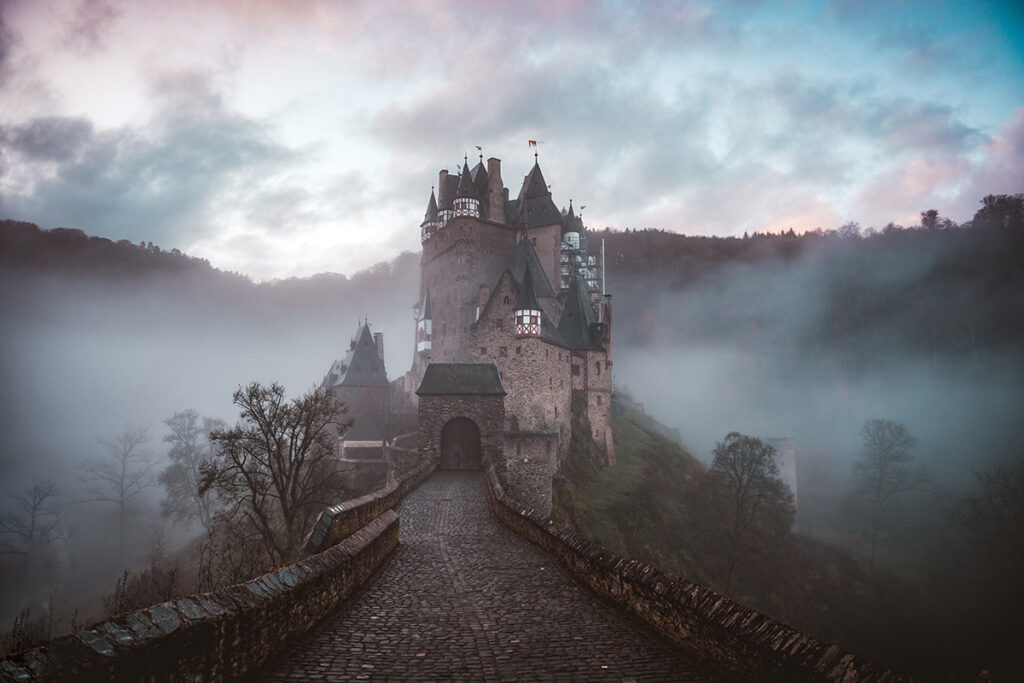
Poet Samuel Taylor Coleridge, a leader of the Romantic movement, used a lot of elements that we can describe as gothic, said Orem, and nowhere more strikingly than his long poem The Rime of the Ancient Mariner. This poem was singularly influential on Mary Shelley when she wrote Frankenstein.
Other famous instances of gothic literature in Great Britain range from the Bronte sisters’ Jane Eyre and Wuthering Heights to Robert Louis Stevenson’s Strange Case of Dr. Jekyll and Mr. Hyde. In America, they extend from the tales of Edgar Allan Poe and Nathaniel Hawthorne to Shirley Jackson’s The Haunting of Hill House, many of which are discussed in Orem’s classes.
In his classes, Orem goes through four types of gothic literature: Romantic, Victorian, modern, and post-modern. These are entirely different historical periods, but the gothic permeates them all.
As it does our own day.
“You cannot walk across Boston, or turn on a TV on any given day, without encountering the influence of gothic texts,” said Orem. “It’s ubiquitous. Even people who don’t read it, and don’t identify as fans of it, are already consumers of gothic literature.”
Its impact can be felt in roleplaying games like Dungeons & Dragons, cartoons, video games, and body art.
“I was checking into a hotel once and an employee had a tattoo on her neck of a line from a John Keats poem that I actually teach,” said Orem. “She loved it so much that she wanted it across her skin.”
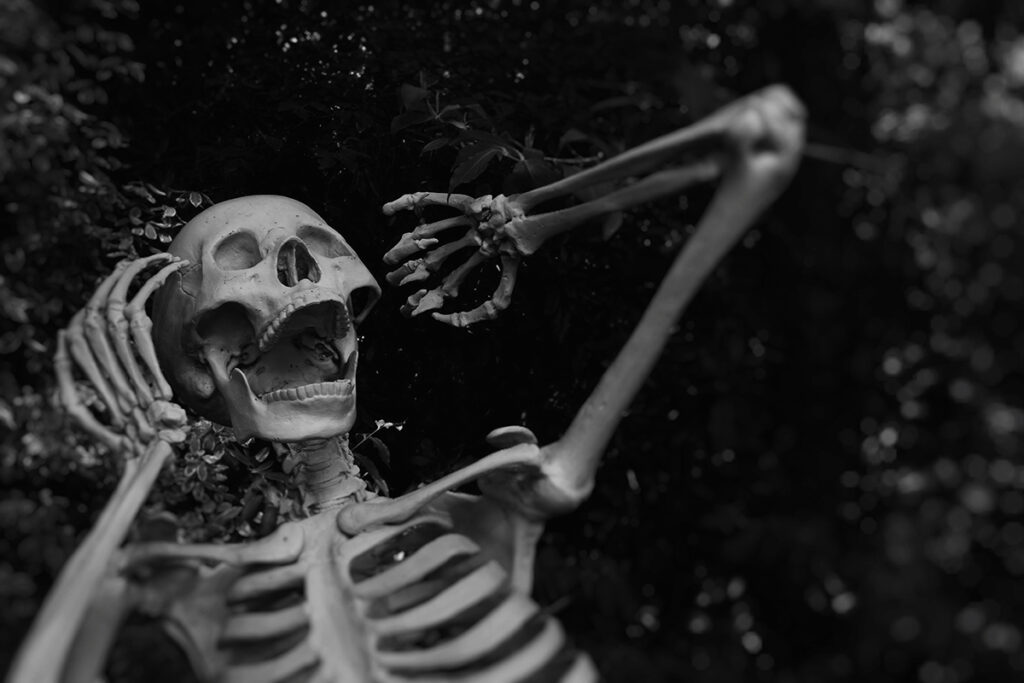
Consider also Goosebumps, Scooby-Doo, Stephen King, Joyce Carol Oates, Anne Rice, and Toni Morrison.
Rice’s career in particular helped give rise to the hugely popular “paranormal romance” books that essentially follow the structure of romance novels, but add in a vampire or a werewolf as a main character.
Regarded as one of the greatest gothic short stories, and a literary work of art, Henry James’ The Turn of the Screw was turned into a Benjamin Britten opera, one Orem remembers seeing at the Cutler Majestic Theatre not too many years ago.
One of the most iconic – if not the most iconic – gothic literature novels, is, of course, Bram Stoker’sDracula, from 1897. But Stoker wasn’t famous for his bloodthirsty Transylvanian count during his lifetime. He was known for working essentially as an assistant to Sir Henry Irving, an English stage actor who ran the Lyceum Theatre.
Dracula’s popularity perplexes Orem, and served as a muse for his novel Miss Lucy, which is a fictionalized account of Stoker’s life and the incidents that led him to create one of literature’s greatest monsters ever. Orem was intrigued by what led Stoker, known as a so-so writer, to pen one of the most popular characters on stage and screen to this day.
“His other books are OK. We only know of him because of Dracula, though. What made him write a book that outlived everyone in his world?” said Orem. “I set it up to imagine that Bram Stoker had a secret life we hadn’t heard about, involving a character who is woven into the plot of Dracula in a concealed way.”
Orem said he’s always been a fan of a good scare.
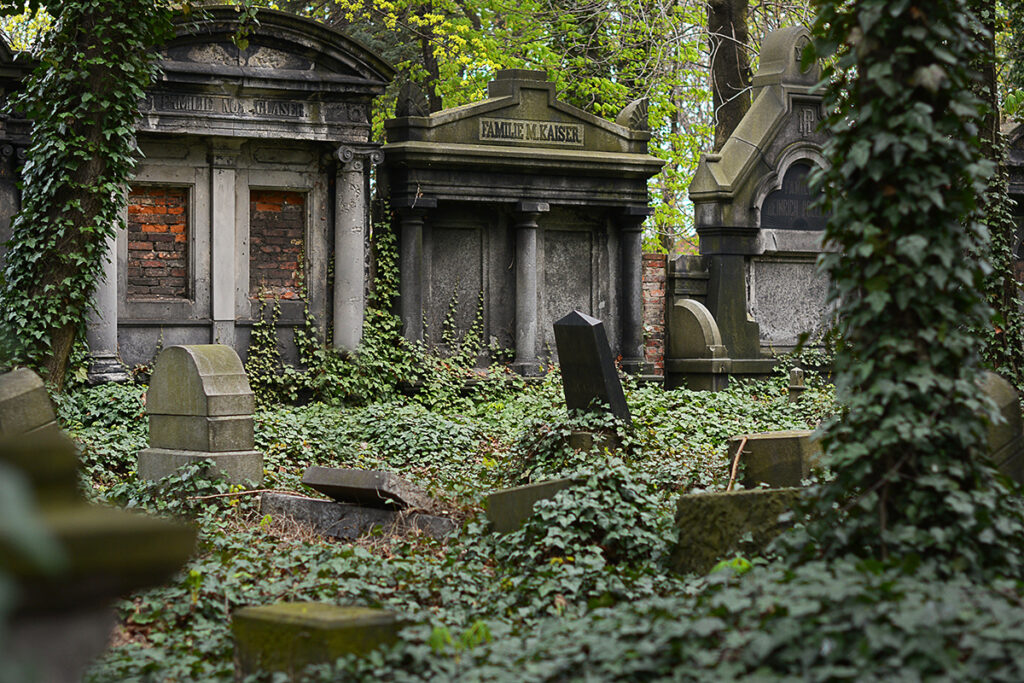
“Not grotesquery or violence, just someone throwing blood on the screen or lots of exclamation marks on a page,” said Orem, “but a well-constructed, intelligent, reflective fright tale; that’s one that has always appealed to me.”
Orem’s personal favorites include Conor McPherson’s play The Weir and Edith Wharton’s short story “Afterward.”
“’Afterward’ is the finest ghost story ever written,” said Orem. “The language is exquisite. The veils of meaning and emotion are masterfully handled. She, herself, thought James’ Turn of the Screw was the greatest. But I disagree.”
And what would Orem’s fate be if he were transported by a paranormal happening into a gothic literature setting? Orem said he’s discussed the matter with friends in the past, and in an ironic twist, his lack of belief in vampires, werewolves, ghosts, and goblins, would be his undoing.
“I would probably be eaten. There’s always a sequence in a horror movie or novel where characters are in a state of tension because something supernatural is happening, but this one character doesn’t believe it,” predicted Orem. “We have to spend a little time with someone saying, ‘Really, there must be a rational explanation for all this,’ and then they get killed.”
Categories